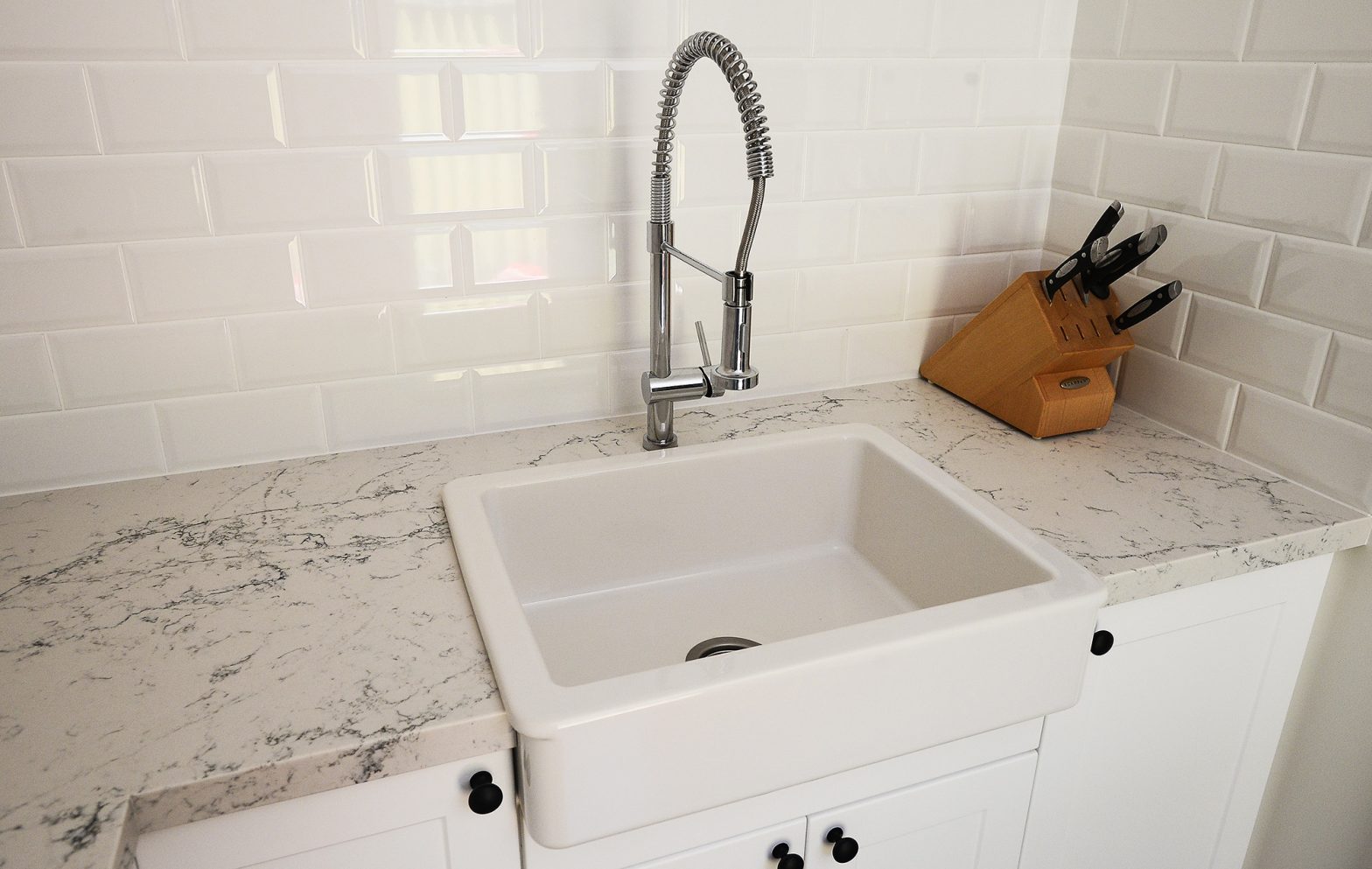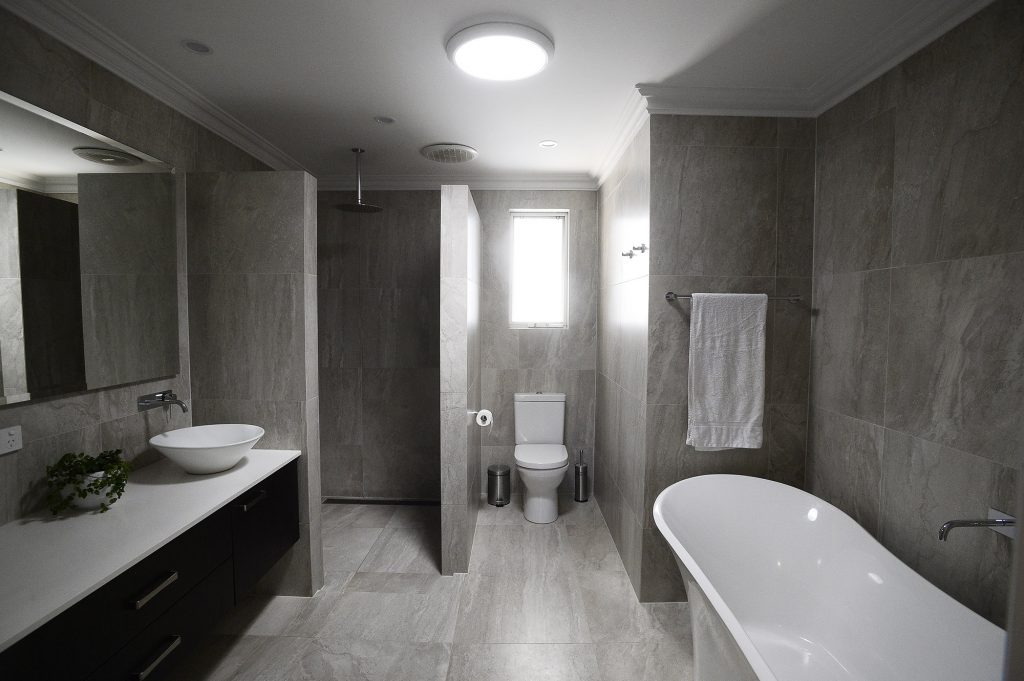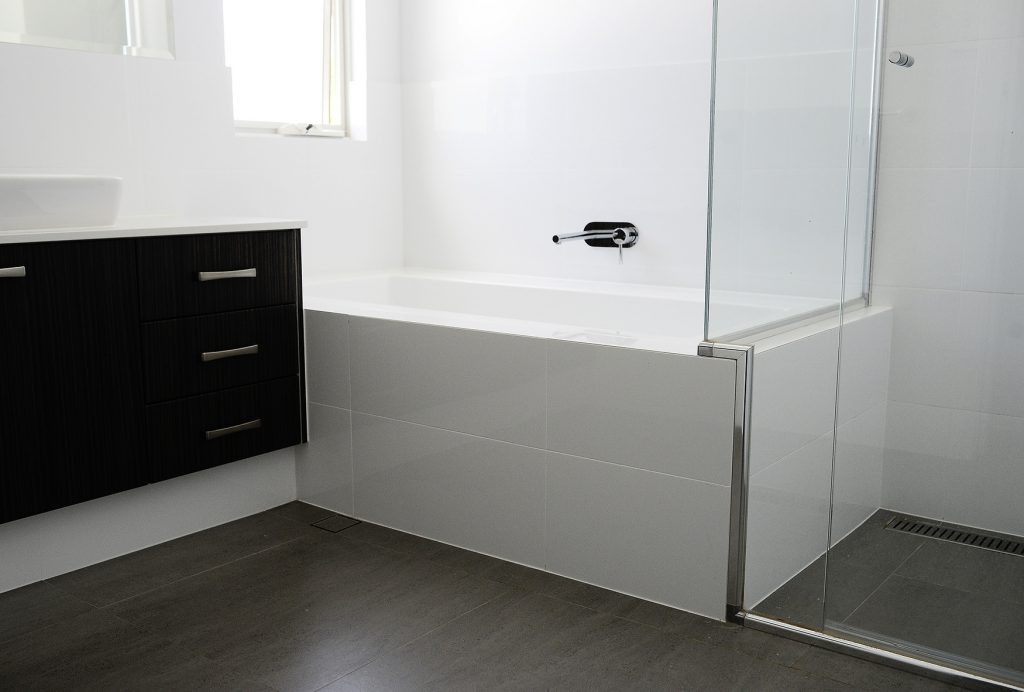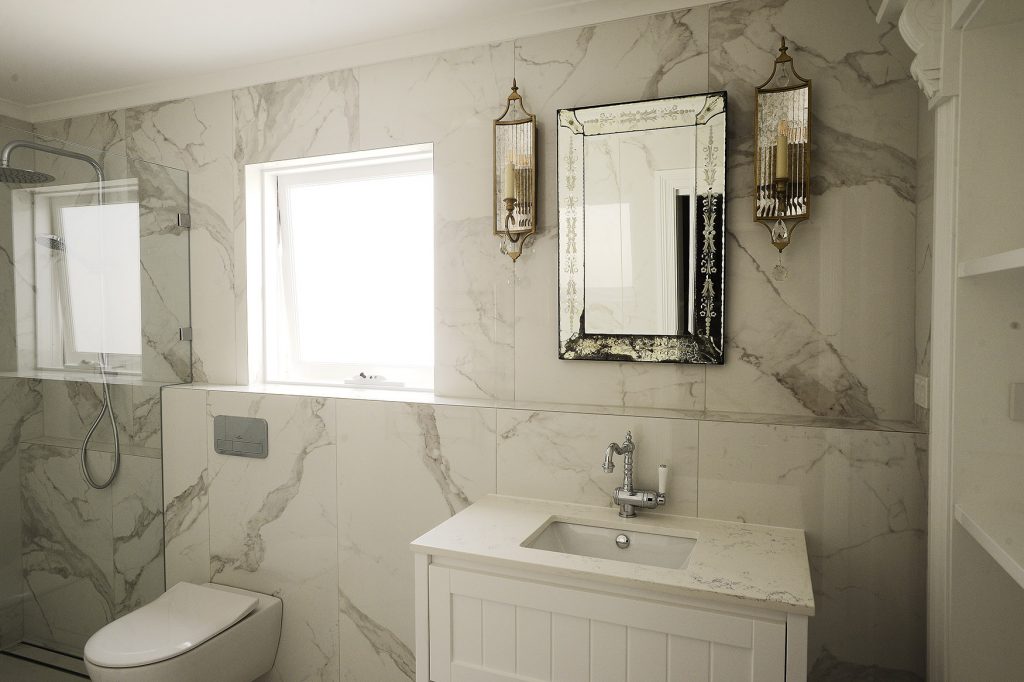
Selecting Tiles for your renovation project
Selecting tiles for a bathroom renovation or kitchen renovation project can be an exciting exercise. Most of us concentrate on the colours, style and the look we are trying to achieve.
However, as home renovation specialists, Amerex have discovered over the years, that there is much more to selecting the right tiles. If you want a result that will stand the test of time, there is much more to the tile selection process.
We reveal our top 5 tips for selecting tiles for your home renovation, bathroom renovation or kitchen renovation. We will guarantee that you will not find some of these tips that we have learnt from years of experience anywhere else!
1. Selecting tile types: Porcelain, Ceramic or Stone
Generally, tiles will either be made of Porcelain, Ceramic or Stone. Which is best? Which one should you choose? It is a personal choice, but we have provided a few key tips that may help:
Ceramic – ceramic tiles are the most commonly used tile type. These are easier to cut than porcelain, making them a popular choice for DIY’ers. Ceramic are a popular choice that offer many possibilities.
Porcelain – porcelain tiles are denser than ceramic, less porous than other types of tiles, and quite durable. This makes them perfect for wet areas such as bathrooms. With a porcelain tile, the pattern goes the whole way through the tile, wherewith ceramic tiles the pattern sits on top.
Stone – these can be difficult to lay and may have some imperfections due to it being a natural product. Stone tiles can include granite, marble, travertine and slate.
Some people love the imperfections and the flaws of nature, so don’t let this put you off. Note that stone products are porous, and may need to be sealed regularly, or need other special treatment and care. Proceed with caution.

2. Selecting Tiles on Sale! Buyer Beware!
What? What could possibly go wrong with tiles on Sale? The two key questions to ask the Supplier are:
(1) Are the remaining tiles all from the same batch? Tiles that are from different batches may have colour variations and this can be disastrous for your end result with mismatched tiles ruining your final look.
(2) Are there enough tiles in stock so that you order some extras for future repairs, breakage, and wastage? If there is not enough surplus, you run the risk of not having enough tiles to complete your job if something unforeseen happens such as excessive breakages. Buyer beware!

3.Tiles not matching in size – Wall to Floor
Tiling is very unforgiving if you get it wrong. A rookie mistake to watch out for is the mismatching of tile sizes.
For example, the wall tile in a bathroom maybe 2-3mm smaller than the floor tile. The problem once the tiles are laid, is that the joints will not match up.
The end result will look uneven, and this is very difficult to remedy without pulling the entire lot up!
4.Selecting LARGE Tiles can introduce problems
Large tiles have the benefit of fewer joints and a nice clean look. They can, however, introduce some problems. Sometimes they can be supplied with deflections or slight bends in individual tiles.
Suppliers are quick to put a disclaimer across this sort of defect, and you can be forced to work with the product. One problem that this can cause is known as lippage. That is the tile is slightly raised or turned up at the edge. These tiles can be very difficult to lay, and may also incur extra costs from the Tiler as a result.
A professional tiling supplier should assist you when making selections and avoid this.

5.Cheap Tiles or any tiles – may be bowed
Check the quality of the tiles supplied. Cheap tiles – and sometimes the not-so-cheap tiles – can have a slight bow in the tile. You can detect this by holding them vertically and checking to see if they are straight.
Bowed tiles will cause all sorts of problems to lay, and will potentially lead to water sealing problems which will require a complete retile at some point in the not too distant future.
Our tip? Inspect your tiles when they are delivered and ensure that you report or return any bowed or damaged tiles straight away and seek a partial or complete replacement.
There is more to a home renovation project than just selecting the right tiles! Be sure that you avoid these most common renovation mistakes that many homeowners make.

